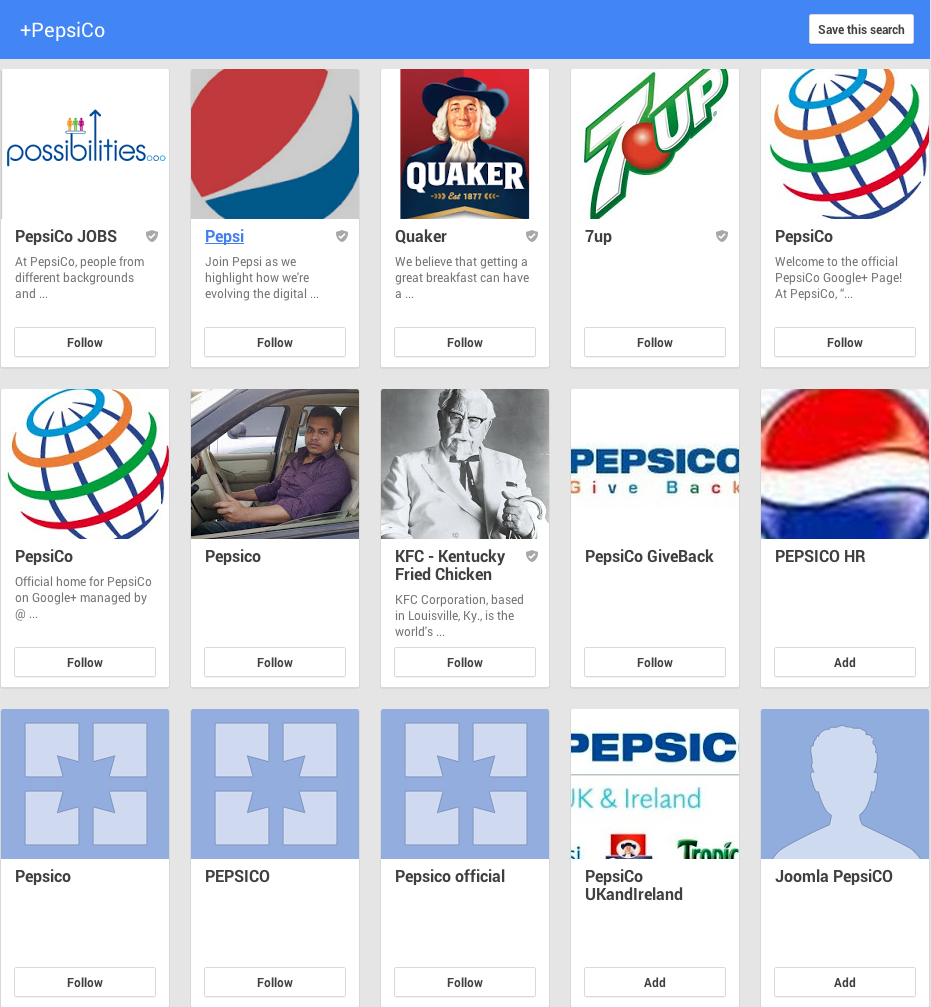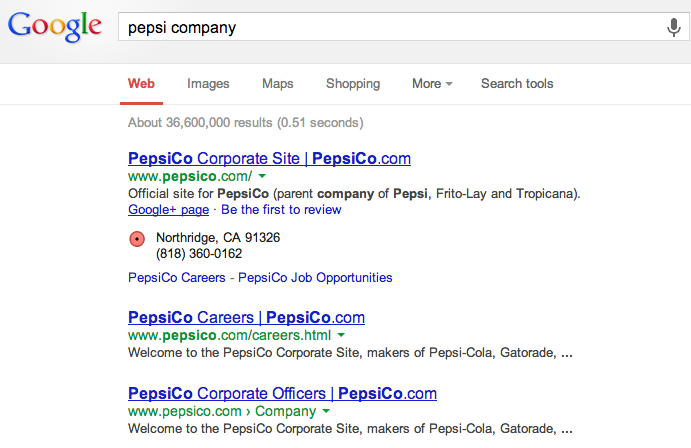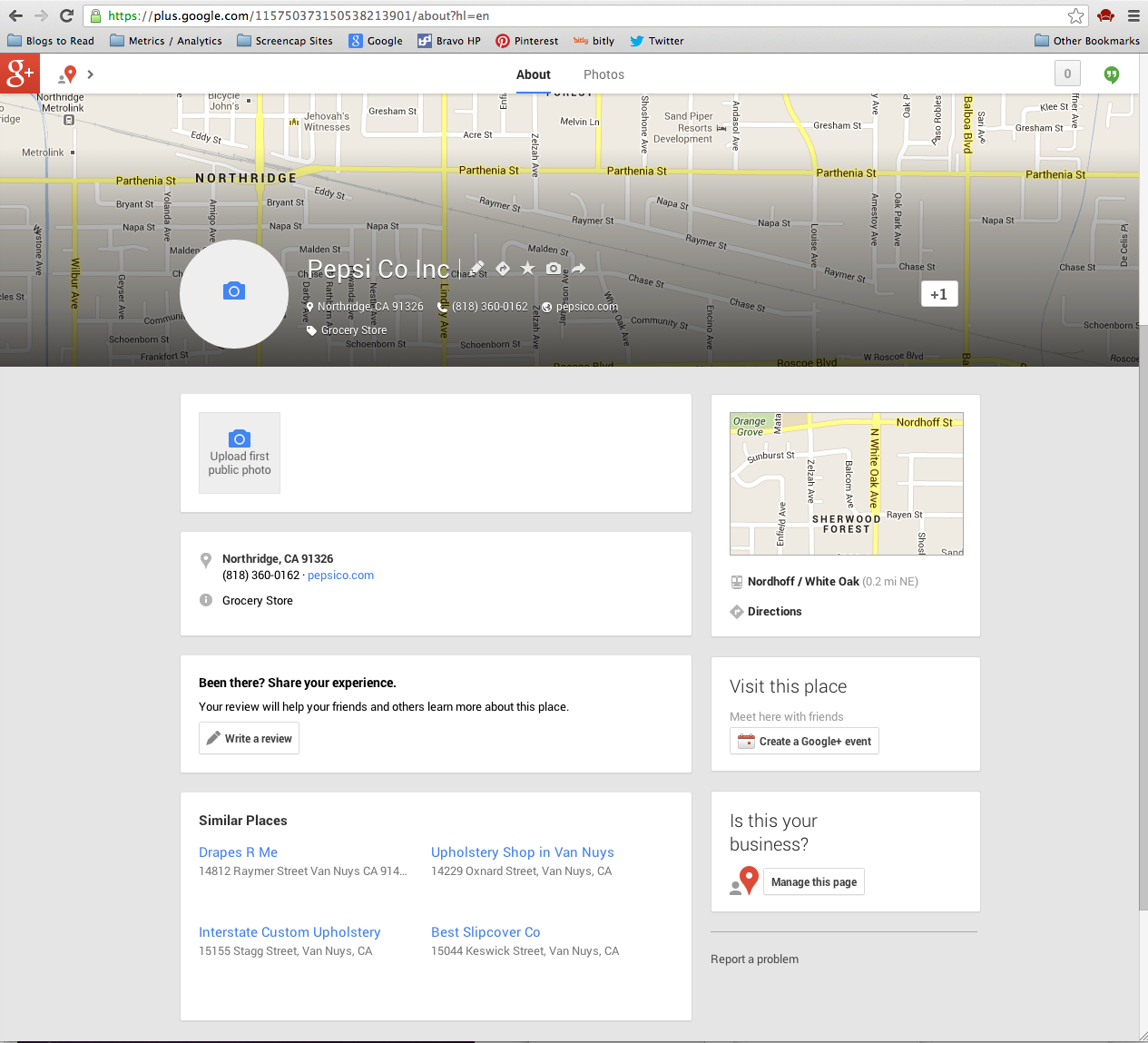When we think of branding, we tend to think of it as this modern day phenomenon where companies work to create an emotional connection that resonates between itself and its products with customers. But the fact of the matter is that branding has existed for nearly as long as people have sold goods to one another. In preparation of writing this article, I did some light reading on the history of branding to better provide context and yeah, it’s all over the place.
One source attributed ancient Babylon as a frontrunner. Because the general public by and large was illiterate, barkers were used to attract buyers by “exhorting” passing crowds (i.e., pitching spices, wines and other goods). I took “exhorting” as a euphemism for barking. Another cited ancient Greece and Rome where merchants would hang pictorial signs and paint their storefronts. Another credited Pompeii where advertisements were written on walls. I’d previously read and wrote that stelais, made of basalt, were used in Egypt.
Here in the states, its roots go back to the late 19th century when a massive shift in product offerings and purchasing occurred with the advent of railways and the expansion of the postal service. For the first time, consumers had access to a wider selection of goods from outside their local economy. What quickly became evident was that new and unknown goods had a difficult time competing with proven local products. Because of that, manufacturers needed to convince the public that their products were just as trustworthy, if not more so, which led them to develop the concept of the unique selling position.
What happened after World War II, was that as consumer choice continued to proliferate, product quality only increased incrementally leading to this sort of standardization between similar goods that rendered them nearly indistinguishable from one another. As product differences continued to erode, companies shifted their focus from functional parity to building emotional associations. This sparked a creative revolution in advertising that became synonymous with branding. In doing so, a brand perceived as being superior would be able to charge a premium and price itself above its competitors.
So how do you apply this to your business?
With or without your input, either your customers or your competitors will position your product.
Product positioning is the process where marketers determine how to showcase a product in its best possible light while simultaneously communicating its unique attributes. If I were to ask you what you thought of Lexus automobiles, you might associate it with luxury or elegance. If I were to mention Honda, you might think efficient or affordable.
You might actually be thinking of vivid negative attributes when it comes to either make, but you get where I’m going. The fact remains that people don’t simply buy exclusively based on efficiency or affordability. We’d all be driving Smart Cars or Nissan Versas if that were the case, but we don’t. Why? Because preference aside, consumers factor in value: perceived or otherwise.
Successful product positioning requires a clear understanding of your customer and their needs, so that the right messaging can be created and delivered through the right touchpoints. To do so, you need to identify a specific target. It’s not enough to say, “men over 25.” It would be single men between the ages of 25 to 30, with college degrees, who work in X industry and make Y dollars each year. The more specific, the better. Once you’ve segmented that target, you need to do three things:
(1) You need to create a message that differentiates your product from your competitors’ (2) that addresses your customers’ buying criteria (3) and articulates key product attributes.
Just to kind of go full circle and recap, purchase decisions take both time and energy, something that are always in short supply. Your branding should alleviate both and work to differentiate not just between the good and the bad but the better and the best.
Your brand’s reputation is its lifeblood.
Niall Fitzgerald once said, “You can have all the facts and figures, all the supporting evidence, all the endorsements that you want, but if at the end of the day you don’t command trust, you won’t get anywhere.”
Think about it in terms of your normal day to day. You trust that when you stop and proceed through a four-way-stop that the next driver will yield to you. You trust that when you buy meat or produce at the grocery store it won’t make you sick upon consumption. If that were an actual concern, wouldn’t you shop elsewhere?
Back in 2009, Concerto Marketing and Research Now conducted a study on the benefits and drivers of trust. They found that when people trust a brand, 83% will recommend it to other people. 78% will look to it first for things they want, and that 50% of respondents said they would pay more for it.
But as it turns out, brands really struggle to deliver on the promises they make due to glaring inconsistencies, empty claims, misbehavior and so on. Burberry boasts that its luxury apparel is “Made in Britain.” There are two factories there. The rest of the operation has been shipped to China. McDonalds is an Olympics sponsor. It also represents a leading contributor to obesity and poor nutrition. One of Unilever’s most well-known campaigns was Dove’s “Real Beauty” initiative that focused on self esteem and realistic body images for women. Ironically, it also owns one other brand called Axe, where the recurring theme of body spray commercials is scantily clad, sex-crazed women. Weird.
Remember: not doing anything is better than making a new promise and not delivering on it because a brand can’t survive without trust. If you fail here, you can potentially burn through brand equity extremely quickly.
That means that a brand’s values must be embedded into every action and decision the company takes and not spearheaded or compartmentalized solely to a marketing team. If it is, therein lies a strong possibility that it’s destined to fail. Any actual change should be clear throughout the entire organization and obvious at every touchpoint.
To wrap things up…
When writing this, I naturally thought of Bravo Design, Inc.’s branding and what we’ve done to make good on our promises. One of which is that we’ll always work our asses off for our clients to do things right and turn work around as soon as possible. It doesn’t actually say that in our mission statement verbatim, but it’s implied. If you go through our testimonials or talk to our clients whether that be small business owners or the folks at movie studios, they won’t tell you otherwise.
Another thing we promise to do is deliver information that’ll help you at the end of the day. Whether you have questions about web development, design, branding, whatever that is, someone here at the office will be able to help you if you fill out a contact form or leave us a comment. That’s what this blog is for.
Someone [me] once said, “Hell hath no fury like a consumer scorned.” Your brand is one of your most valuable possessions. Treat it well.
Photo Credit: Printpapa.com





